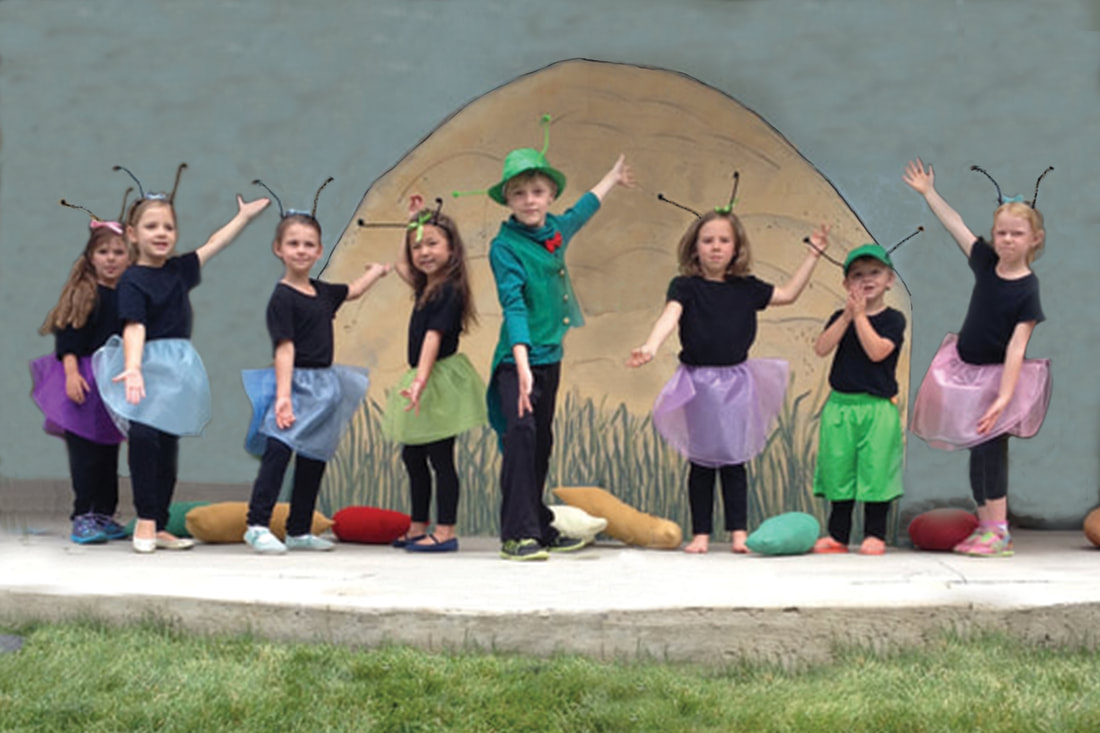
Second problem: They try to line up in straight lines (which never occur naturally) and when they realize the line is crooked, they spend the rest of the scene telling each other where to stand to straighten up the line.
When planting a flower bed, the most natural and elegant design plan is to plant like plants in groups of odd numbers, such as 3, 5, or 7. Well, 5 can be broken down into a group of 2 plus a group of 3. And 7 can be divided into two groups of 2 plus one group of 3. I always try to plan the blocking for large groups of children on the stage to follow this design plan. Just like planting a flower bed, I will assign actors into groups taking into consideration their heights, their lines, actions, costumes, and access to microphones. Obviously, I try to put the smallest children where they can be seen, but I don't want to block the taller children by always relegating them to the back row either. I always try to create movement in the scene or dance that will allow for flow to let more of the actors to be seen.
Instruct the children pick a best friend and a worst enemy but keep it to themselves. Tell them that they must always stay as close to their "best friend" as possible all while staying away from their "worst enemy." (It gets quite funny if someone's best friend is someone else's worst enemy.)
The people in the front should make themselves lower (crouch, sit, kneel, hands down). The people in the middle adjust so that they do not block shorter people behind them but remain taller than the people in front of them. And the people in back pose with arms stretched high, stand on tippy toes, or climb onto a stage block to become as tall as possible. Repeat several times.
Ask the children if they could tell if they were someone's "best friend" or "worst enemy" during the rounds. Ask them if they ever ended up standing right next to their "best friend" during the FREEZE. It can be a rather fun game.
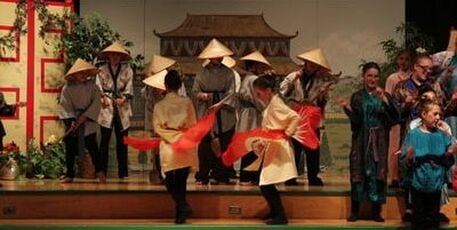
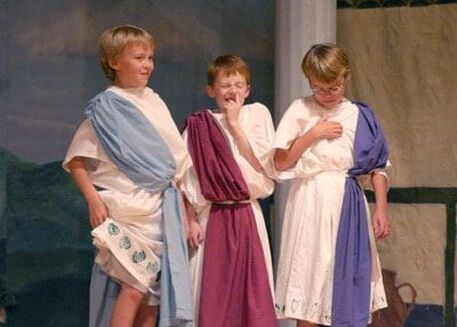
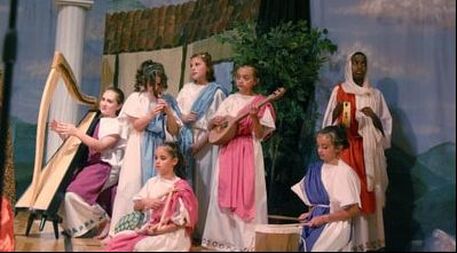

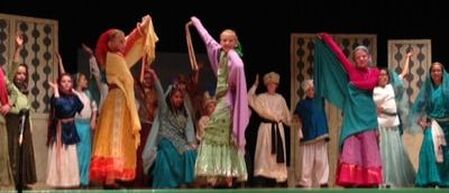
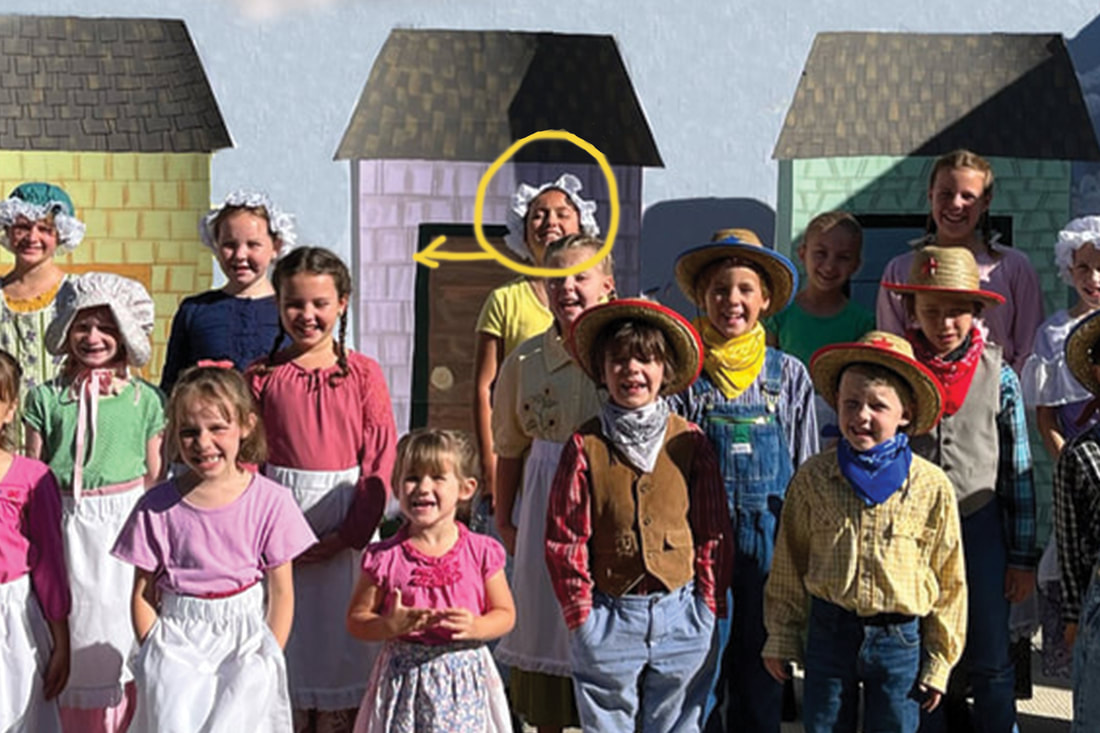
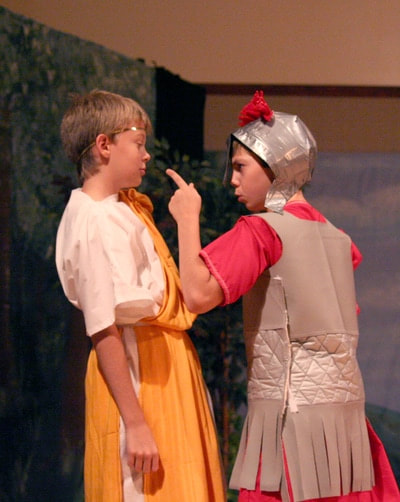
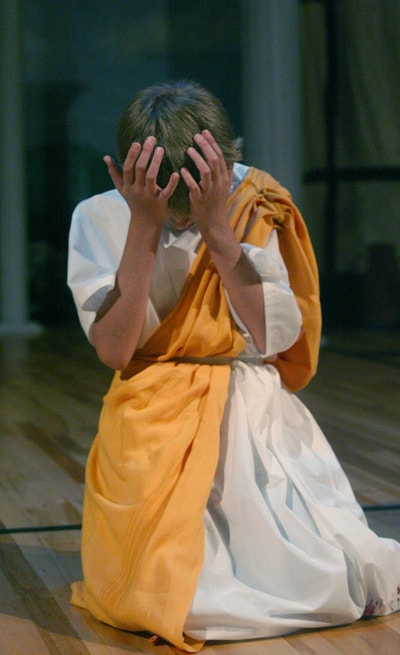
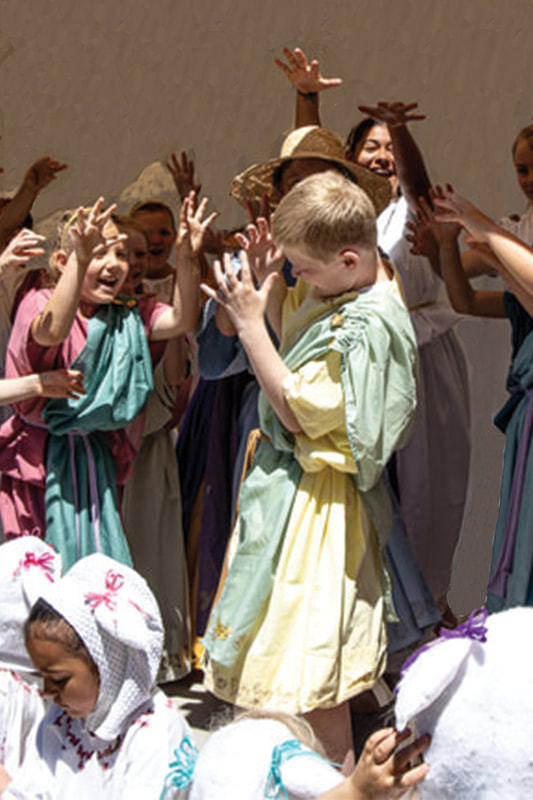
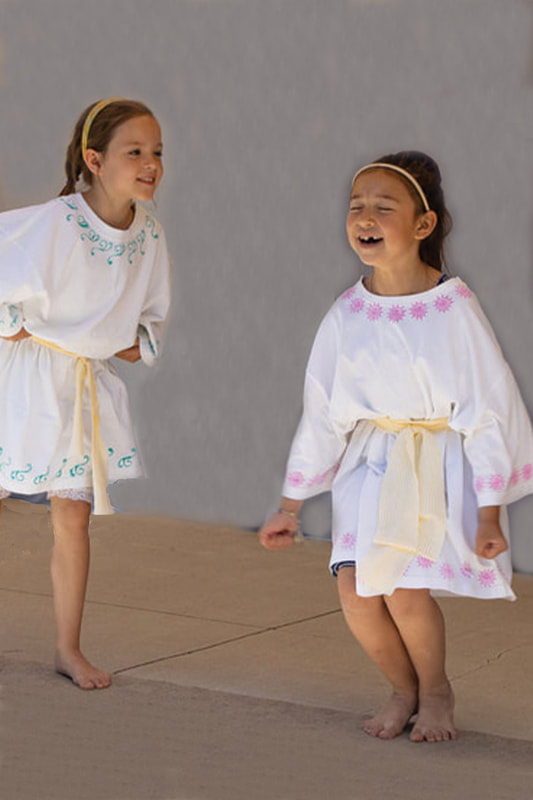
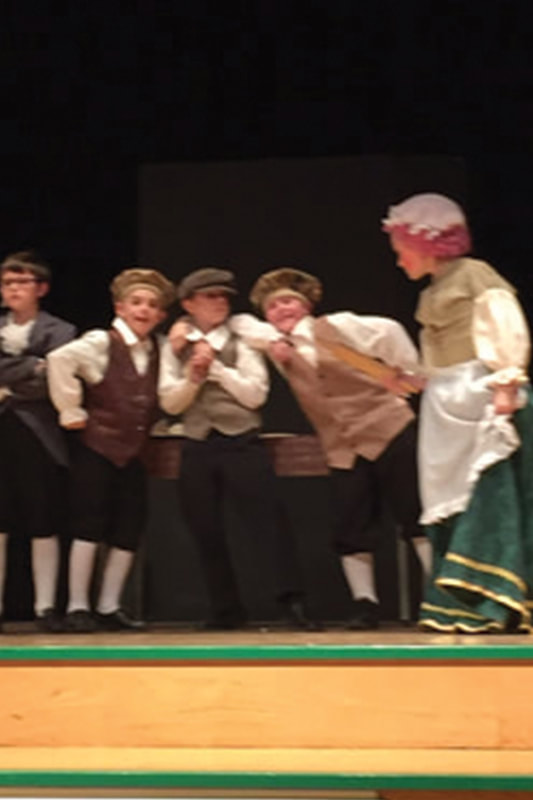
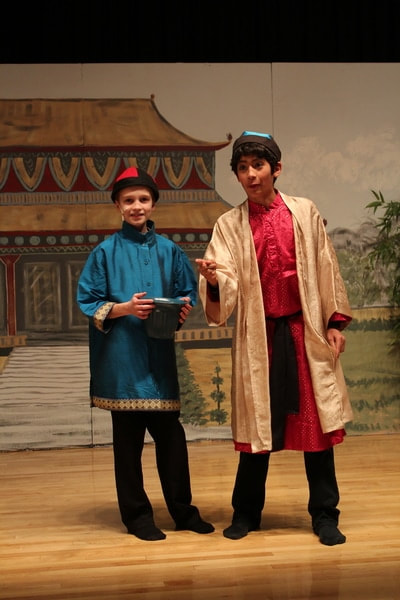
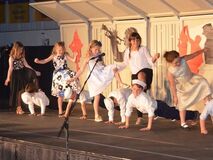

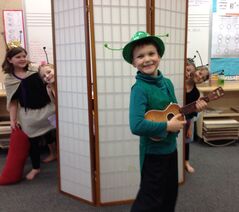

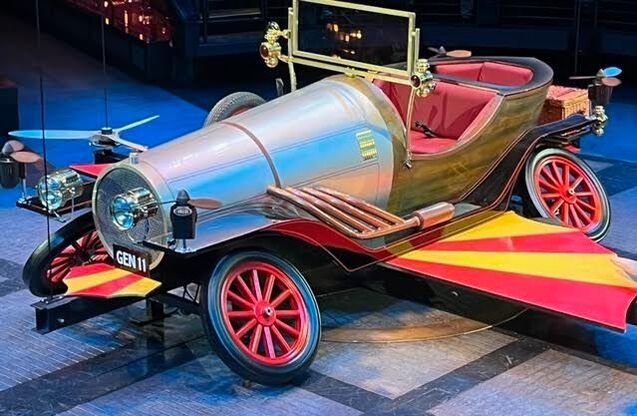
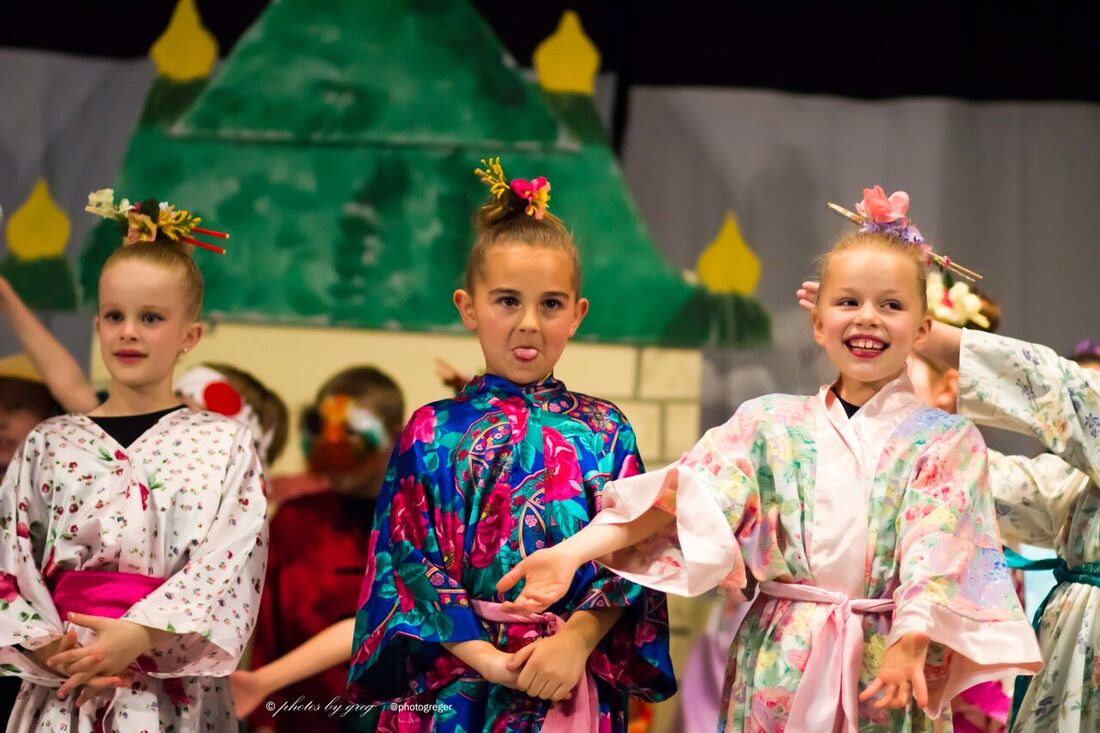
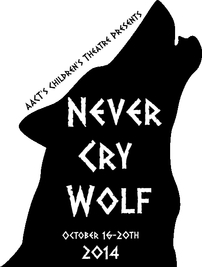
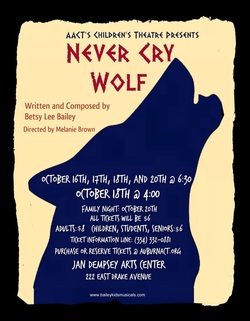
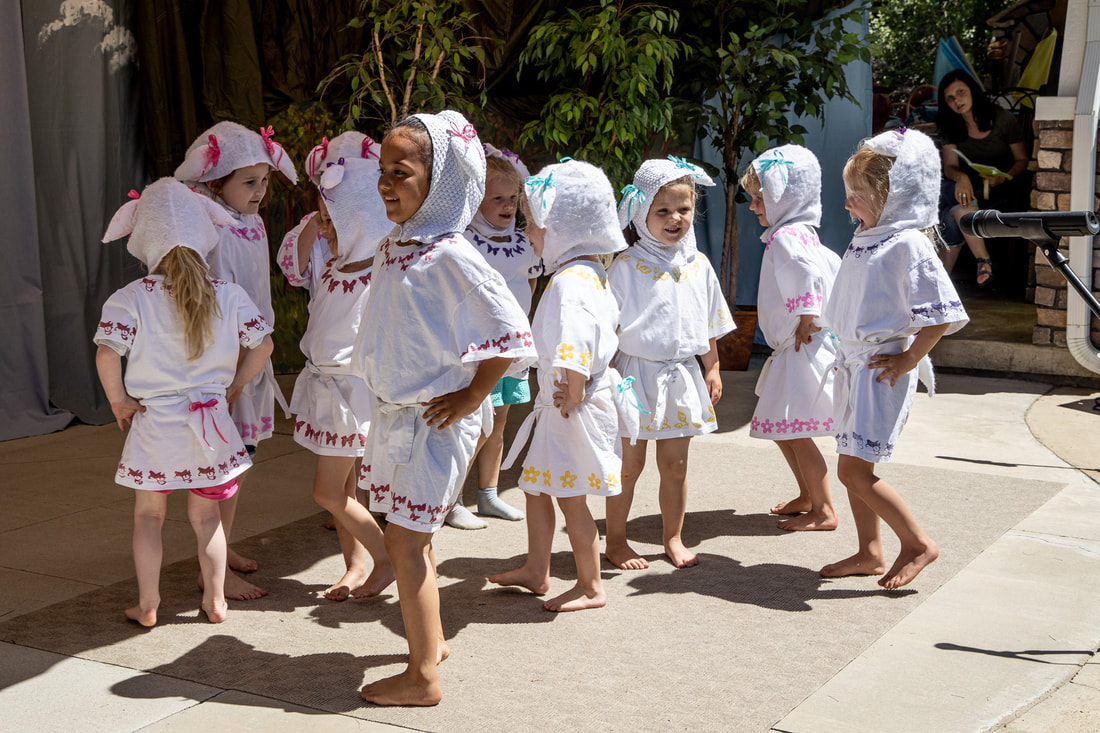
 RSS Feed
RSS Feed